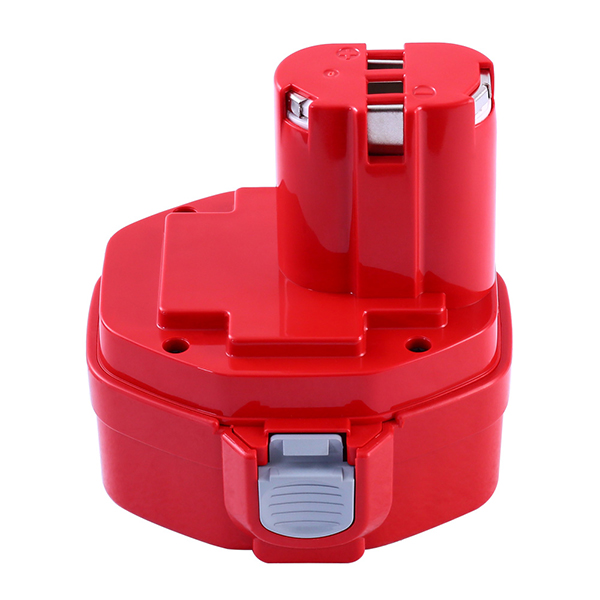
- Products
- Solutions
- Customization
- About
- Resources
- Contact
- Request A Quote
In professional environments, power tools are the foundation of productivity. Contractors, maintenance teams, and manufacturing operators often rely on cordless systems such as Makita’s LXT and CXT platforms. These battery packs are designed to deliver consistent performance under demanding conditions. However, when non-genuine or third-party chargers are introduced into the workflow, the balance between efficiency and safety can quickly become unstable.
While some third-party chargers appear compatible due to matching voltage ratings, true compatibility extends far beyond voltage. Charging algorithms, thermal management, and safety certifications all determine whether a charger is safe for long-term, high-duty use.
At first glance, a 18V charger might seem suitable for an 18V Makita pack. Yet voltage is only one element of a much more complex charging ecosystem. Makita batteries and chargers operate as a matched system, with communication protocols that manage voltage, current, and temperature dynamically.
A genuine Makita charger uses constant current/constant voltage (CC/CV) control to ensure each lithium-ion cell charges evenly and safely. It also reads battery ID and thermistor signals, allowing the charger to suspend charging if the pack is too hot or cold. Non-genuine chargers that skip these steps can overcharge or undercharge cells, causing:
Thus, relying only on “same voltage” is technically insufficient and potentially dangerous.
Inside every Makita pack lies a small but vital safety system. Beyond the power terminals, there are communication pins that carry temperature and identification data.
Non-genuine chargers without these connections cannot interpret these safety signals. As a result, they may apply a generic charging profile unsuited to the pack’s chemistry. Over time, this mismatch can cause cell imbalance, voltage drift, and serious reliability issues in professional fleets.

A charger’s design affects not only its performance but also the physical safety of the operator and tool. Poor mechanical fit between charger and battery can cause arcing, terminal wear, or connector deformation, leading to intermittent contact and excessive heat.
Additionally, low-quality materials, weak solder joints, and inadequate insulation increase the risk of electrical short circuits. Professional operations—where batteries are cycled multiple times per day—demand industrial-grade reliability. Using low-cost, uncertified chargers introduces an unpredictable variable that can compromise both safety and uptime.
In field inspections, several warning signs consistently indicate substandard products:
When any of these red flags appear, the charger should not be used in professional or warranty-covered operations.
For organizations managing tool fleets, establishing a controlled testing procedure is essential before approving any non-OEM charger. Recommended steps include:
Following this process reduces operational risks and provides technical evidence for audit and compliance documentation.
From a business standpoint, using non-genuine chargers introduces both warranty and liability challenges. Makita’s official warranty terms clearly exclude damage caused by third-party charging equipment. In the event of a fire or tool failure, insurers may also deny claims if uncertified equipment is involved.
For fleet operators and contractors, this means that short-term cost savings can easily turn into long-term financial and legal exposure. To maintain compliance, it is critical to document charger sources, certification records, and internal test results.

In some cases, professional users may consider certified third-party chargers from reputable suppliers. Acceptable units should:
Even then, third-party chargers should be treated as supplemental tools, not replacements for OEM equipment. Genuine Makita chargers remain the safest choice for daily professional use.
For companies managing multiple tool users or job sites, a clear charging policy helps maintain both safety and productivity:
Implementing these practices minimizes downtime, prevents damage, and ensures compliance with corporate and regulatory safety standards.
Non-genuine chargers may seem like a practical alternative, but in professional environments, the technical and safety risks outweigh the savings. True compatibility requires more than matching voltage—it depends on intelligent communication, certified design, and proven reliability.
For organizations relying on Makita battery systems, investing in proper charging equipment safeguards both people and assets, ensuring stable performance and long service life across the fleet.
RHY Battery provides professional-grade charging and energy management solutions that meet international safety standards. Our engineering team focuses on reliability, certification, and long-term field performance. To learn more about how RHY Battery supports safe and efficient power tool operations, contact us today.